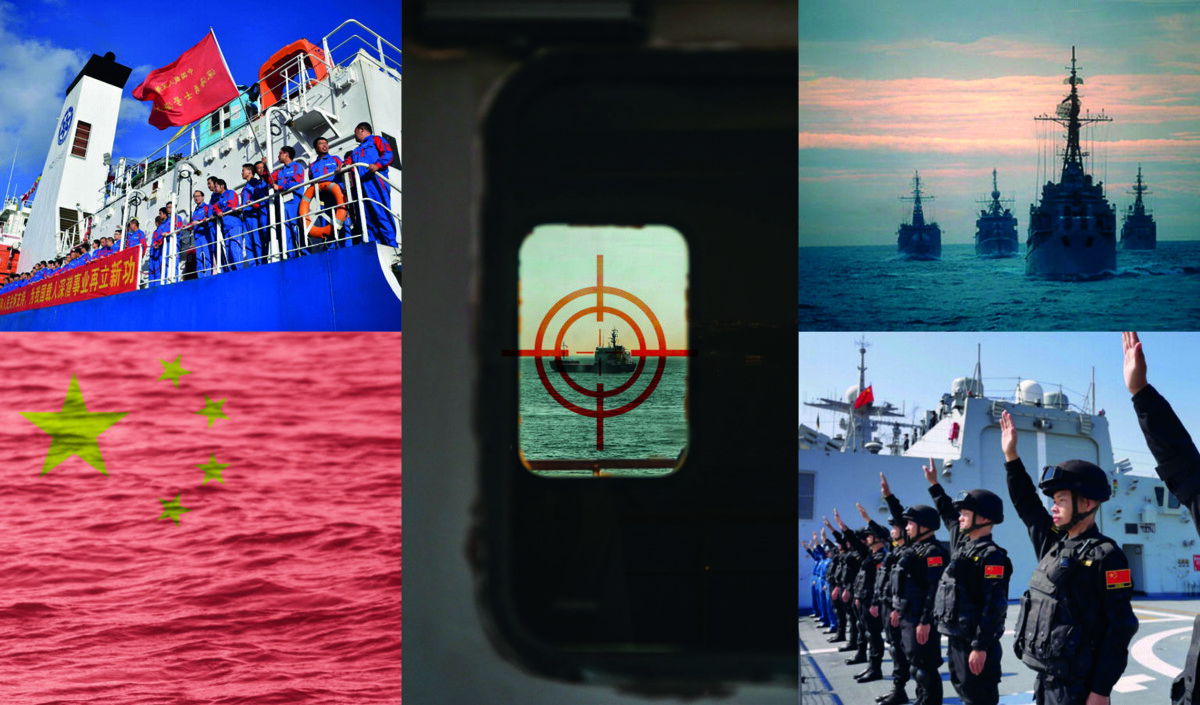
Experts have pointed out how China uses its maritime militia to challenge the sovereignty of its neighbors, violate international law, and exert political, economic, and military influence. Haroro Ingram from the U.S. Institute of Peace explained in an opinion piece that China employs this strategy to pressure nations that might fear provoking it.
Although these Chinese vessels pose as fishing boats, they actually engage in aggressive activities against vessels from other countries in coordination with the Chinese Coast Guard. Despite global awareness of this militia, the exact size or composition of the fleet is not precisely known.
Experts expressed concern about the possible presence of the Chinese maritime militia in Latin America, given its history of illegal and destructive actions. Reports document how Chinese vessels engaged in illegal fishing act as a naval force used by the Chinese government.
In an incident off the Galapagos Islands, a U.S. Coast Guard vessel had to maneuver evasively to avoid being rammed by a Chinese vessel. These aggressive tactics represent potentially dangerous violations of international maritime protocol.
Experts indicate that the Chinese maritime militia has evolved since the 1970s to support China's claims in the South China Sea. Equipped with fixed weaponry, hundreds of thousands of fishing boats operate as a paramilitary force that harasses foreign vessels.
Through tactics such as rafting, where multiple boats anchor together to create floating forward outposts, China seeks to challenge the international legal order. This militia allows China to establish clandestine control over strategic areas without open militarization, complicating diplomatic responses.













